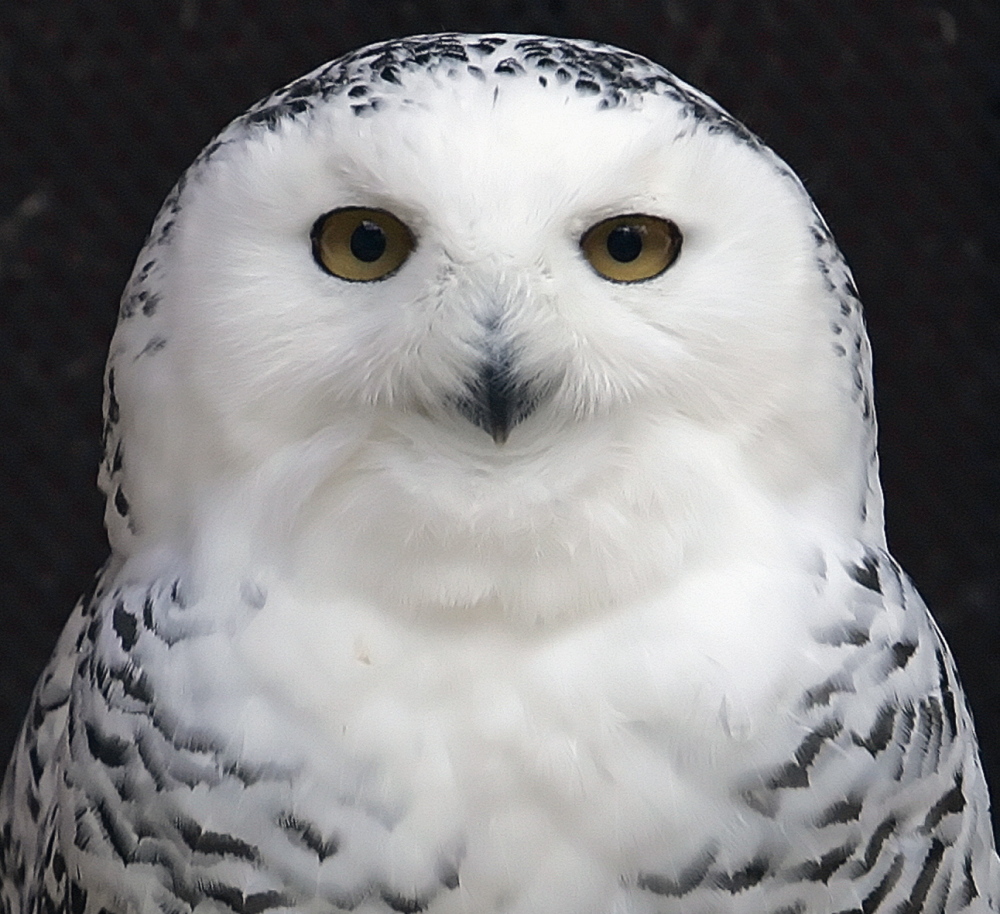ALBANY, N.Y. — Reports from tens of thousands of bird-counting volunteers show a southern invasion of Arctic-dwelling snowy owls has spread to 25 states, and frigid cold is causing unusual movements of waterfowl.
Results are still coming in from the four-day annual Great Backyard Bird Count sponsored by the Cornell Lab of Ornithology, National Audubon Society and Bird Studies Canada. Sponsors say the event, which ended Monday, drew participants from a record 127 countries, surpassing last year’s 110. Most were from the U.S. and Canada.
Preliminary results show more than 2,500 snowy owls being reported in 25 states and seven Canadian provinces. The big white owls are in the midst of an irruption, or a sudden invasion of a region in large numbers, which scientists attribute to a population boom in the birds and a scarcity of their preferred food, lemmings, in their normal range on the Arctic tundra.
Another early finding is that with the Great Lakes almost completely frozen, some species, such as white-winged scoter and long-tailed duck, have left the lakes and stopped at inland locations where they’re not usually found at this time of year.
The Great Backyard Bird Count is designed to engage the public in nature study as well as help scientific research.
“When tens of thousands of participants around the world share what they’re seeing during the Great Backyard Bird Count, they help scientists achieve something that would otherwise be impossible – documenting where vast numbers of birds are, all across the world, in a very short period of time,” said Janis Dickinson, director of citizen science at the Cornell Lab in Ithaca.
The most numerous species reported were snow geese, with 1.1 million recorded, followed by Canada geese, European starlings, mallard ducks and red-winged blackbirds.
The annual backyard count, now in its 17th year, is open to anyone. Participants observe and record birds in their backyard or any other location for at least 15 minutes on one or more days of the count and submit the observations online.
Anyone can view the results and explore trends in bird distribution and numbers at www.ebird.org, where the Great Backyard Bird Count numbers as well as year-round daily reports from thousands of birdwatchers are recorded.
Last year’s results showed a superflight, or unusually large irruption, of 10 finch species including redpolls, pine siskins, pine and evening grosbeaks, red-breasted nuthatches, purple finches and Bohemian waxwings. Numbers of those species were down considerably this year, reflecting natural variations in seed crops.
Send questions/comments to the editors.



Comments are no longer available on this story